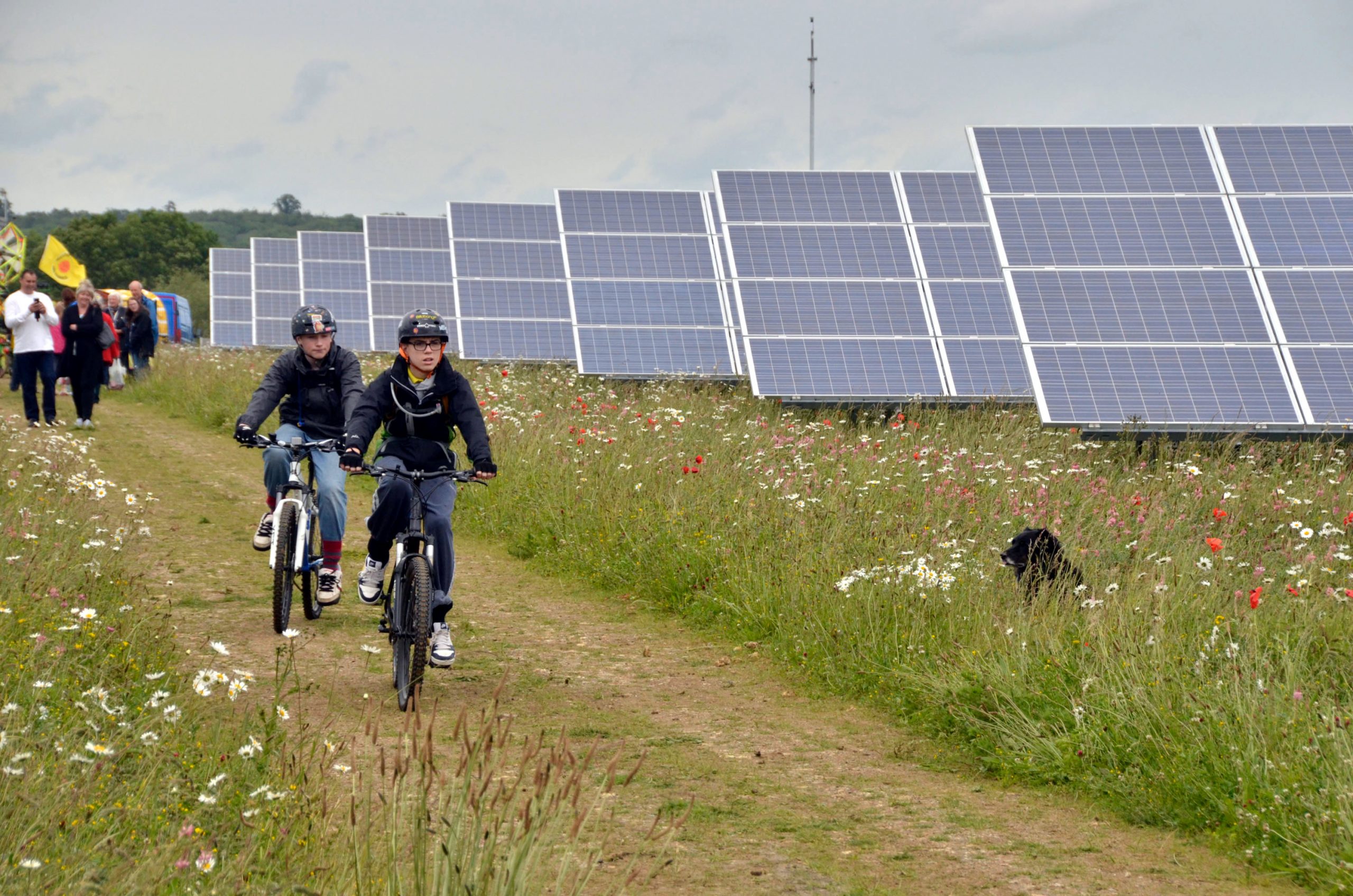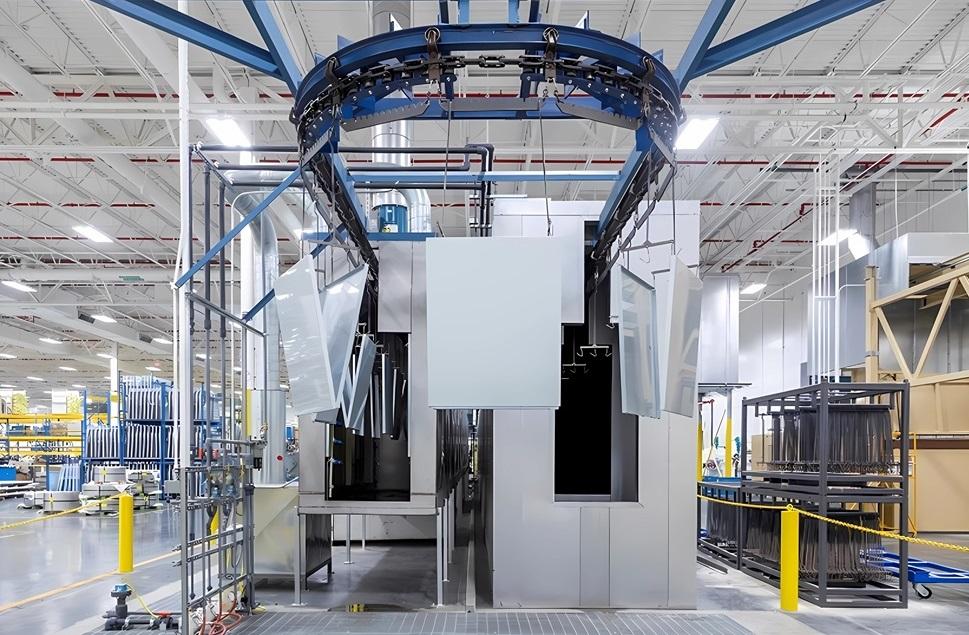Community solar programs are a great way to save money on your electricity bill while also helping the environment. It can help lower your carbon footprint and support local jobs, too. However, many factors must be considered before availing of a solar community program. Some of these include cost, eligibility and installation.
Cost
Community solar, also known as shared solar, is a relatively new and growing option. It lets consumers subscribe to an array of solar panels owned by a non-profit or third-party company and pay a fixed amount for electricity produced by that project. When planning to avail of the community solar program it is important to understand how does community solar work and the possible costs needed. The cost of a community solar system is generally lower than what you would pay for energy from your local utility. With a community solar subscription, most subscribers save between 5 and 15 percent on their annual electric bills.
Besides lowering your monthly electric bill, you will support a renewable energy project that is largely built and maintained by community members, helping to reduce the need for fossil fuels like coal and natural gas. This makes your area more energy independent, can minimize power outages and make the grid more resilient. You will receive credits on your electricity bill every month for the solar energy you use. These credits will vary based on how much energy your share of the farm generates that month, which can range from higher in summer to lower in winter.
Eligibility
If you want to go solar, but your roof or yard isn’t big enough for a rooftop solar array, or your homeowners’ association doesn’t allow it, community solar may be the answer. This renewable energy option allows residents to pay for a portion of a solar farm’s power generation while receiving a discount on their electric bill. Community solar is available in states where utilities or third-party developers build projects, and it’s an easy way for customers to save on their energy bills. It’s also a good way to increase the amount of renewable energy in the local power grid, helping the state meet its clean-energy goals. Some states offer a state-legislated incentive program to support solar development. Others use a competitive market approach, where multiple parties compete to build solar projects. In both cases, the project’s owner will return savings to subscribers through a bill credit or other payment structure. Typically, solar community participants get a 5%-10% discount on their electricity bills. The credit comes from a program that receives financial incentives from the utility or state government.
Installation
Community solar is a type of solar power available to people who cannot install their own rooftop array. It enables consumers to get a slice of the power generated by a large solar project called a community solar garden or farm connected to the local utility grid. Unlike residential roof-mounted solar panels, community solar plants can be built on larger scales, often in areas better suited to producing solar energy than residential roofs. This means less reliance on fossil fuels, lower greenhouse gas emissions, and the potential to support a diversified energy grid that includes renewables. When you sign up for a community solar subscription, you’ll be credited with the energy produced by the solar farm every month, offsetting the cost of electricity you’re receiving from your utility. These credits help offset your monthly electric bill and reduce your costs. You’ll be asked to provide information about your home, including its dimensions and what kind of energy you use. The solar company then uses that data to design a custom system for your home and provides you with a quote.
Maintenance
Solar panels are an energy-efficient way to power your home. They convert sunlight to electricity, which is then sent through an inverter plugged into your home’s electrical outlet. However, if you’re not careful, your solar panel may start to show its age and decrease its efficiency. This is especially true if you’re not taking proper care of your solar panels by ensuring that they get regular inspections and cleaning. The good news is that solar panel maintenance is more manageable than it might sound. Most homeowners only need to do a few things each year to keep their systems running at top performance.
You’ll want to take advantage of the free solar monitoring tools available at most utilities and ensure your panels are clean by checking them with a regular pressure washer. It also helps to have an established maintenance plan for your solar system, so you don’t forget to do your part in keeping your solar panels performing at their peak. Community solar is the way to go if you want to reduce your carbon footprint while saving money on your energy bill. It is not only a smart move for your pocketbook, but it’s also a green win for our planet.





